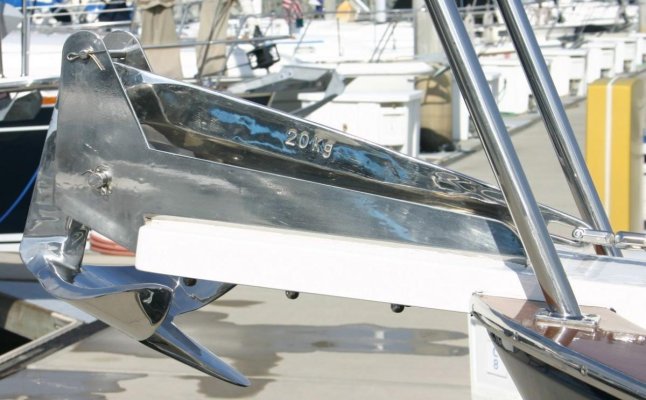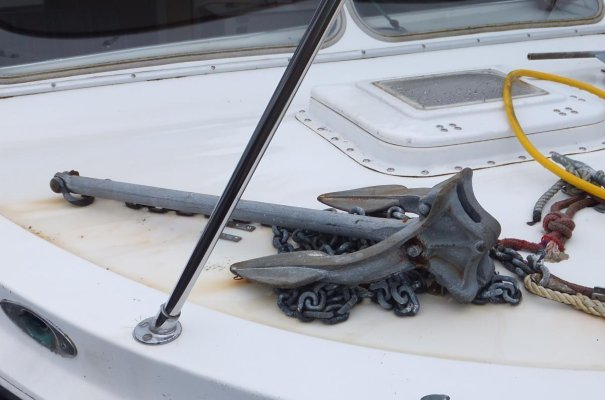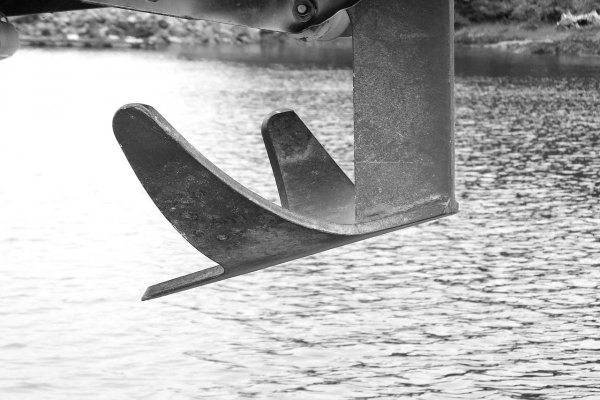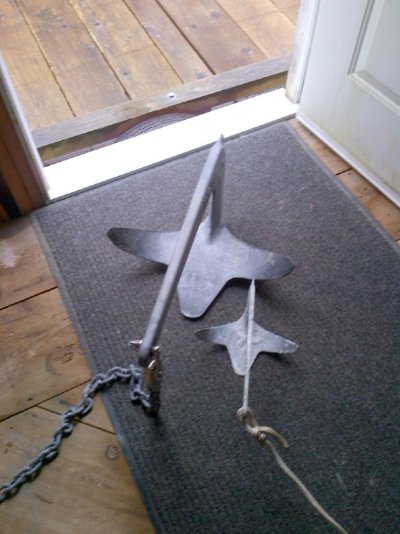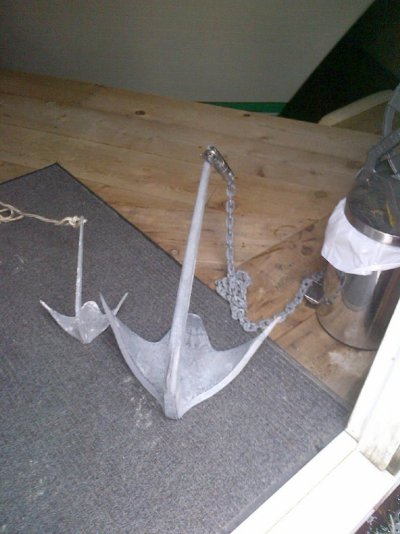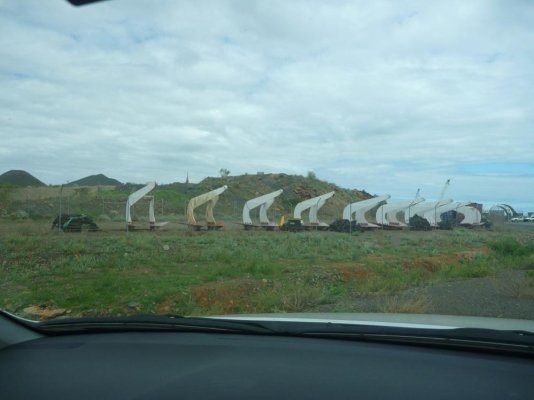Nomad Willy
Guru
I love Walt's bright anchor. I guess it's stainless steel. High carbon steels are usually stronger than stainless so I'm wondering if the pretty SS anchors suffer from lack of strength.
They cost so much money I'd prolly use a trip line if I had one. But speaking of the trip line .... on a Claw many boaters like charter fishing boats in Alaska secure the rode to the trip line attach point, run it along the upper shank to the normal rode attach point and simply use a weak link like wire or small dia line to attach to the end of the shank. So the anchor acts normally until it gets stuck and then the weak link breaks and the rode pulls the Claw out backwards. Fine for some applications (like fishing for an hour) but not for overnight anchoring.
It looks to me like the trip line attach hole is in a good spot.
Fly, those Lewmar's are very popular in SE Alaska. And it looks to me like your Lewmar's shank is considerably longer than Walt's Force. That in itself could be a significant difference in the performance of one Claw over another.
They cost so much money I'd prolly use a trip line if I had one. But speaking of the trip line .... on a Claw many boaters like charter fishing boats in Alaska secure the rode to the trip line attach point, run it along the upper shank to the normal rode attach point and simply use a weak link like wire or small dia line to attach to the end of the shank. So the anchor acts normally until it gets stuck and then the weak link breaks and the rode pulls the Claw out backwards. Fine for some applications (like fishing for an hour) but not for overnight anchoring.
It looks to me like the trip line attach hole is in a good spot.
Fly, those Lewmar's are very popular in SE Alaska. And it looks to me like your Lewmar's shank is considerably longer than Walt's Force. That in itself could be a significant difference in the performance of one Claw over another.
Last edited:





